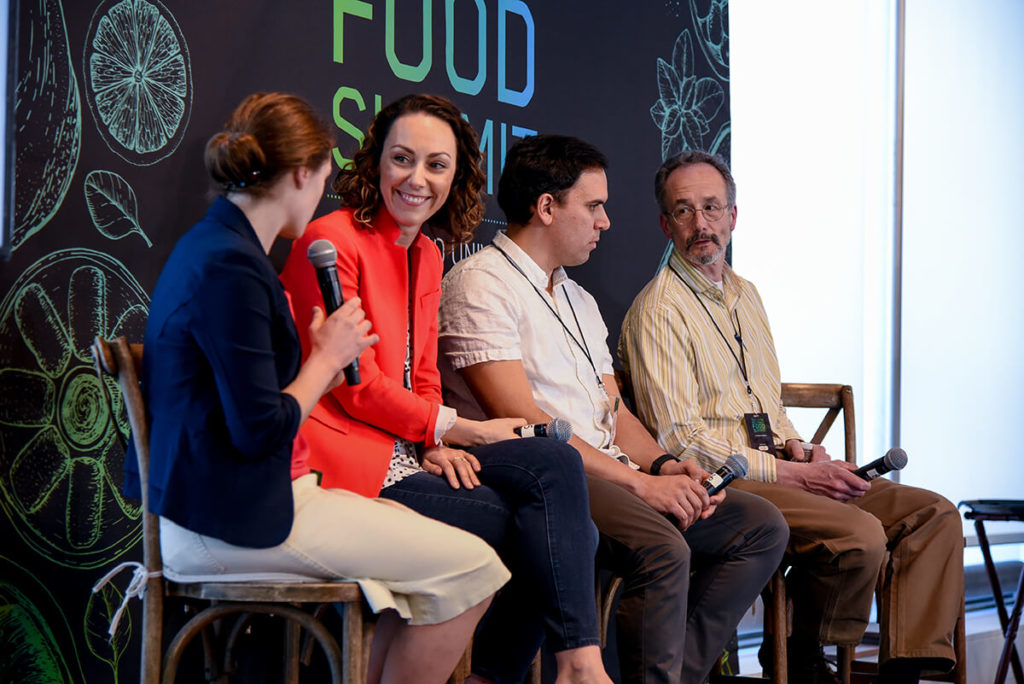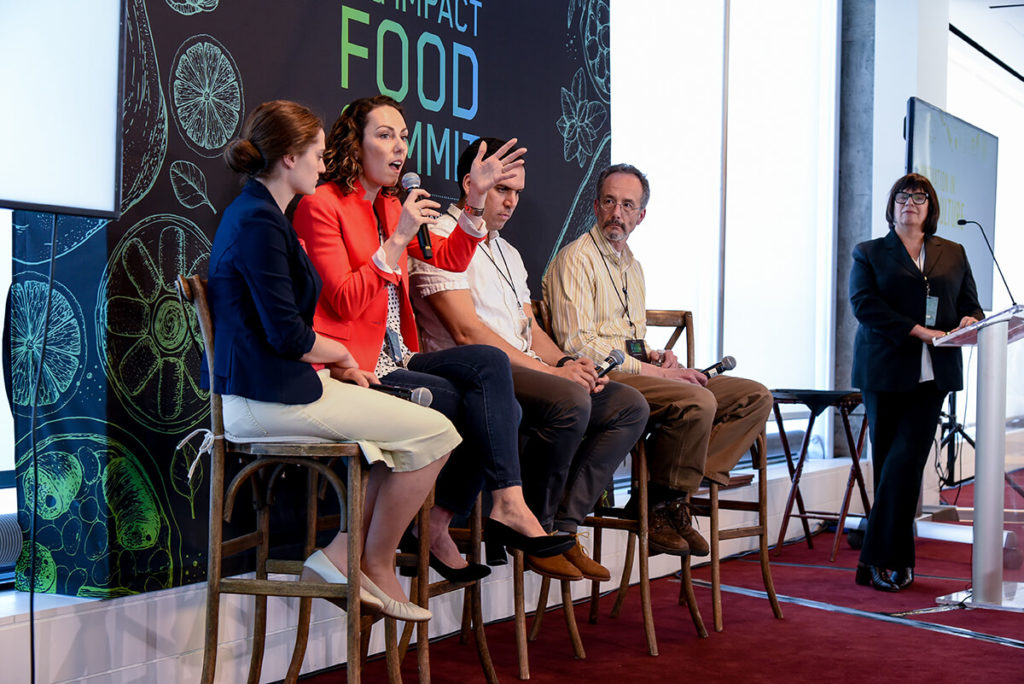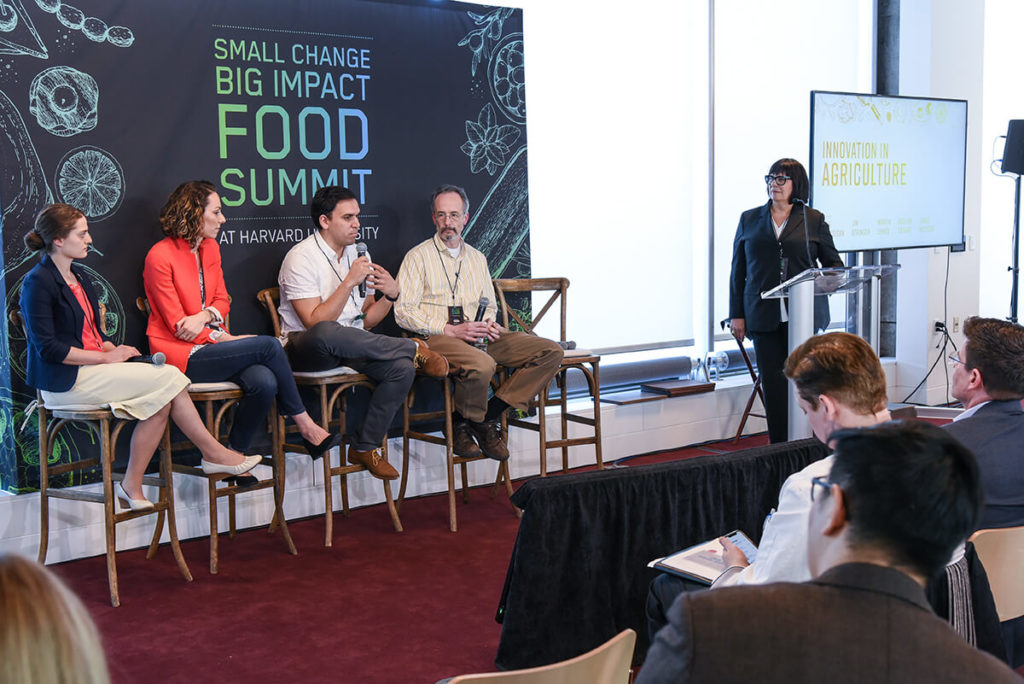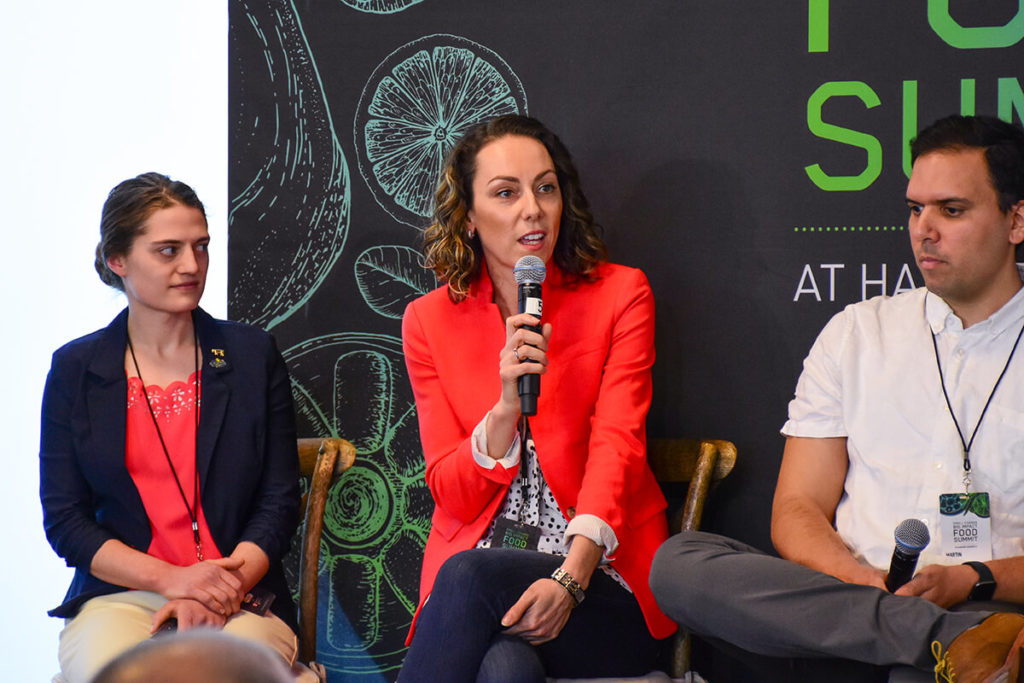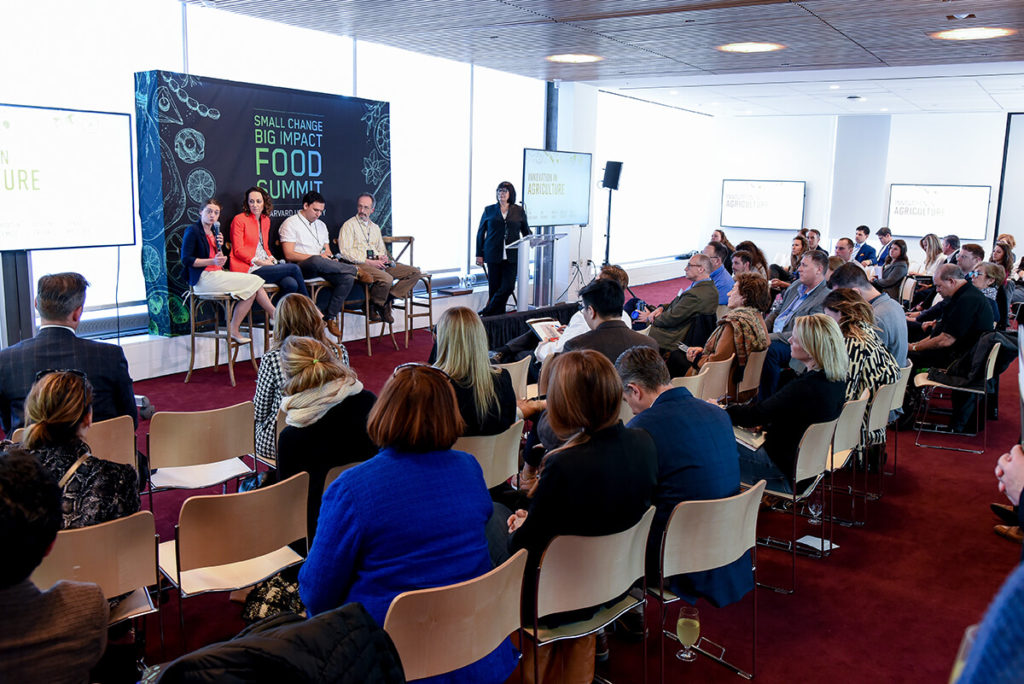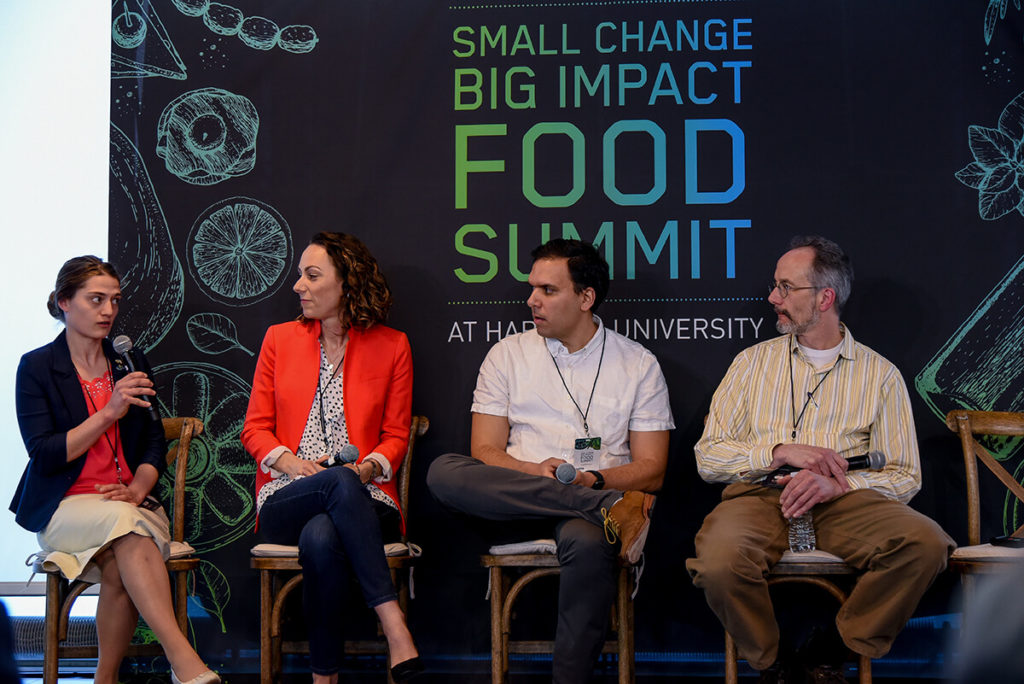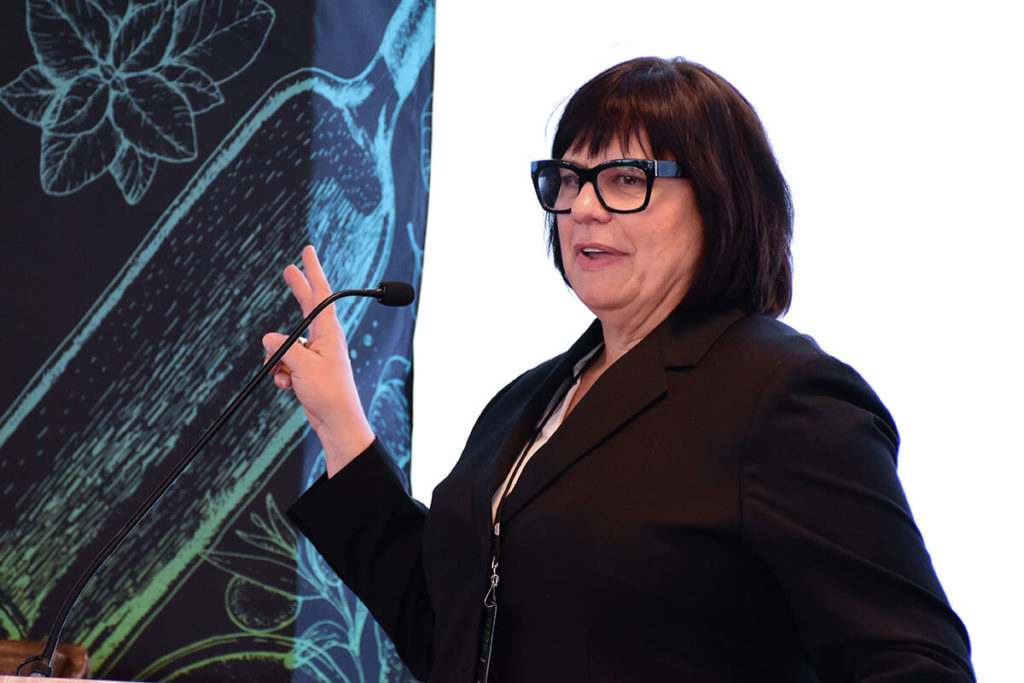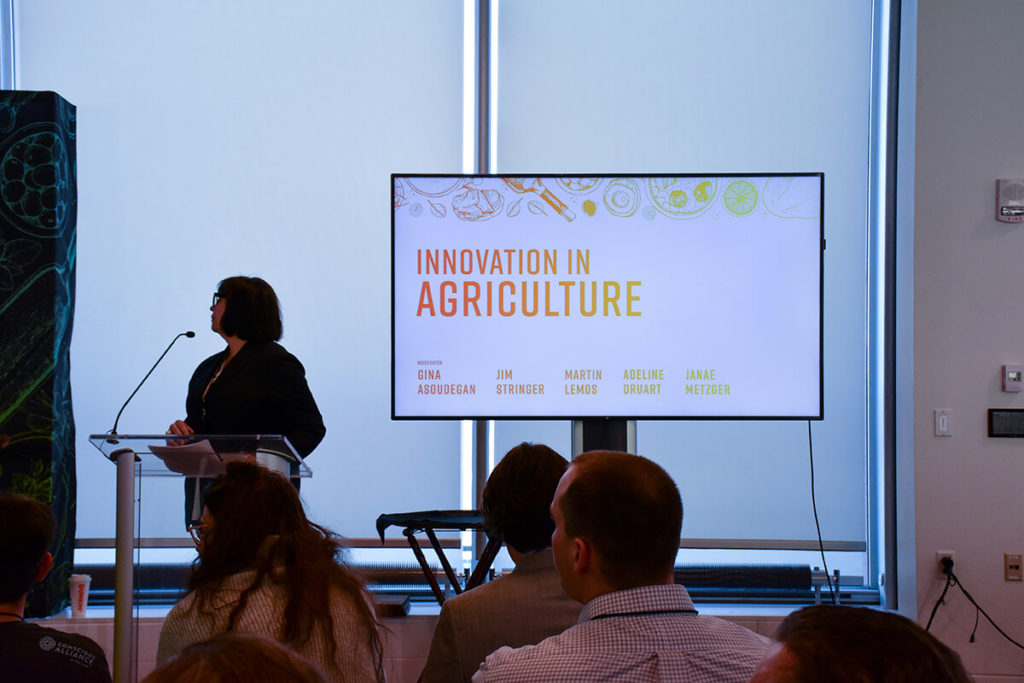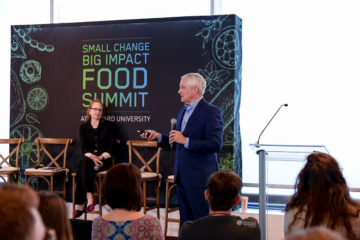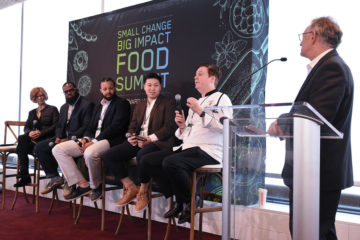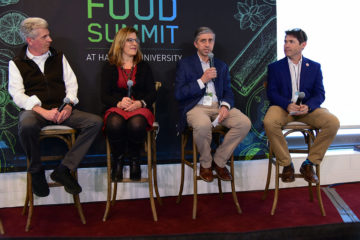Innovation in Agriculture
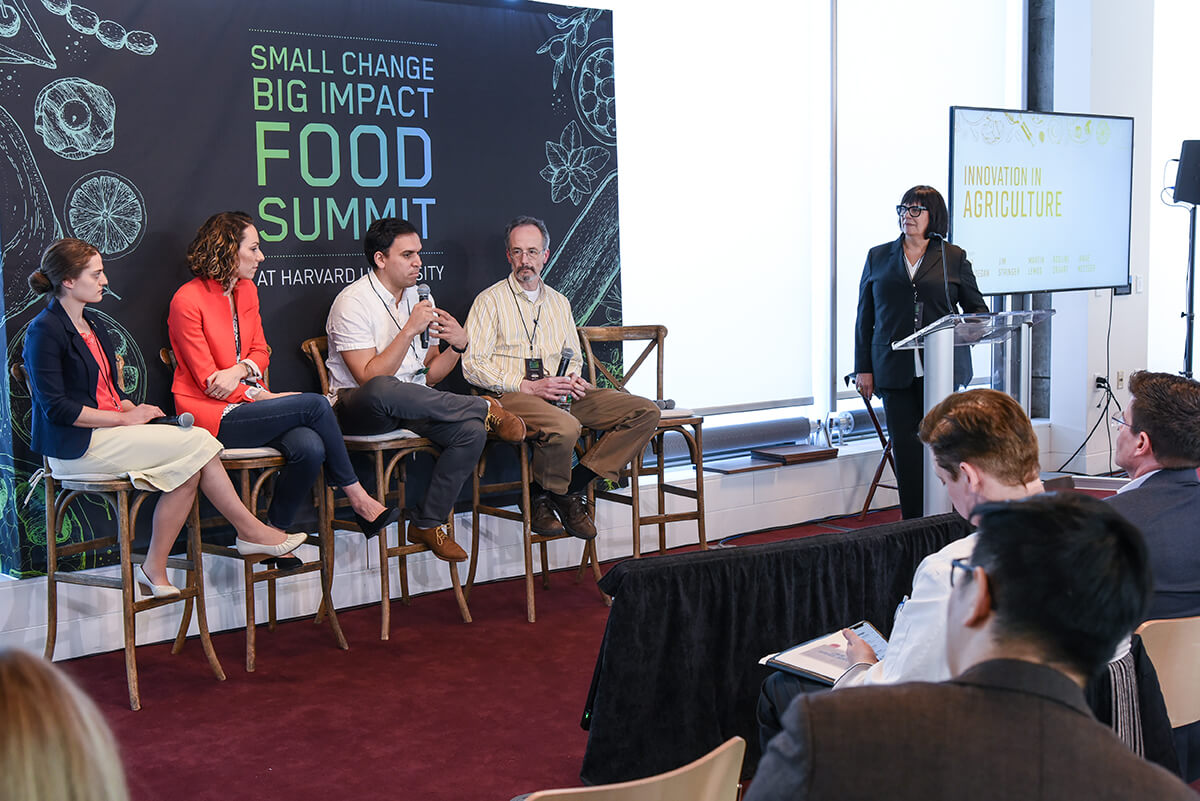
The approaches to farming are being transformed through innovation. How does this benefit the global food chain, and what does it mean for the immediate future of farming?
Some say that American agriculture is in a “brown revolution,” because across the country, farmers and scientists are focusing on how to build soil health and fertility. How is that playing out? How are Big Data apps helping with yield, to control water, and chemical usage?

Gina Asoudegan
VP Mission and Innovation, Applegate

Jim Stringer
Specialty Buyer, Costa Fruit & Produce

Martin Lemos
Deputy Director, National Young Farmers Coalition

Adeline Druart
President, Vermont Creamery

Janae Metzger
Farmer and Assistant Manager, Mogler Farms
Key Takeaways
Focusing on the needs of farmers is vital, yet few industry events acknowledge their critical role in the food system. We have an aging farmer population (so more farmers are needed), soil needs, and have to successfully build a market for products — for example, with goat cheese, domestic demand has outpaced supply for 30 years.
In her introduction, Asoudegan received audience applause when she said:
“I’m super excited that this panel is really the first time any conference panel, anything that I’ve been involved with that has to do with food, where the farmers’ voice is actually being represented. I’m so thrilled because there’s no future of food without farmers.”
Responding to Asoudegan’s question about transparency, Janae Metzger, said:
“How do I know where my food is coming from? You have all levels of engagement and interest.”
Adeline Druart had an interesting point about:
“introducing value back into the supply chain” – basically figuring out how to pay farmers more. Also, her company is facing the challenge that there is not enough goat’s milk to supply the demand of goat cheese production. “We are now having to convince dairy farmers that goats can be a [viable business] option.”
Martin Lemos:
“The average age of the American farmer is 58. Over the next five years, we expect to transition over 100 million acres of farm land. It’s a really critical moment.”
Jim Stringer shared that:
“distribution is affected what’s in season when and if people are willing to accept something from a little further away…. Where there are longer growing systems, that’s an issue. There are things that growers are doing to lengthen the season be it greenhouses or cold storage of product.”
